If you’re looking for the best used car for £10,000 or less, you needn't settle for sleep-inducing mundanity.
You might be met by an outdated interior or last-generation dynamics, as well as the possibility that its emissions could eventually exclude it from cities, but there are still some fantastic options out there.
Plus, you'll be doing your bit for the planet if you look after it and thereby maximise the use of its manufacturing carbon footprint.
To narrow our search, we’re only looking at cars that can be bought for £10,000 with fewer than 40,000 miles, don’t have ‘EV’ anywhere near their name and possess a USP that sets them apart in any car park.
Join us, then, as we look through the best used cars for less than £10,000.
Volkswagen Golf GTI (2004-2007)
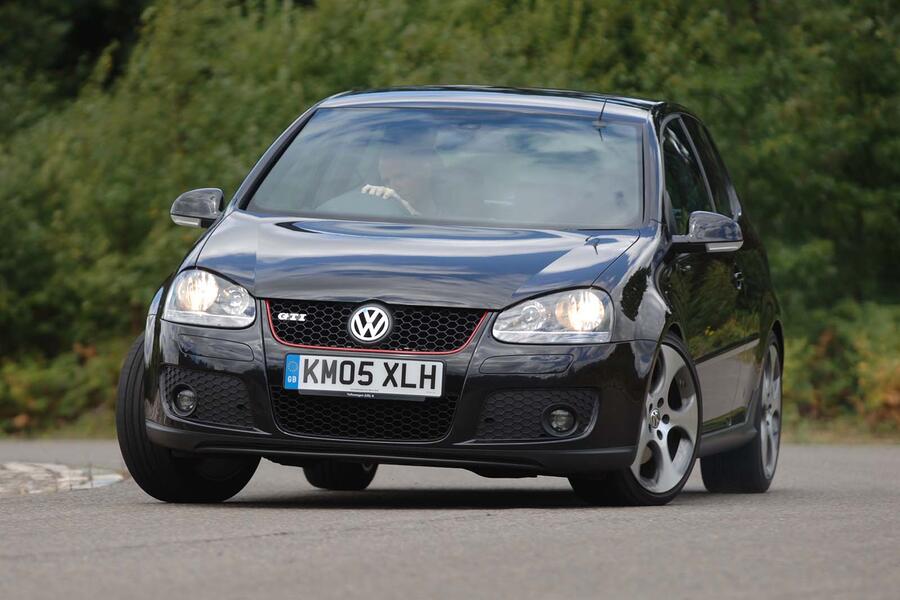
We all know the cliché: this car represented a much-needed return to form for the famed hot hatch, melding proper performance with everyday usability and a quality feel in a way that even its modern equivalent struggles to match.
But we will discard that for a second and take a look at how the Mk5 Golf GTI actually stacks up as a used buy. You can pick them up for less than £2000, but tidy ones only go for a few thousand more than that.
Maxing out our budget bags you an Edition 30, which got a 30bhp boost, xenon headlamps, deeper front and rear bumpers and tricksied-up alloy wheels to give it a more distinctive look.
Despite its age, the hot Volkswagen Golf is still proving to be reliable, with only a couple of major issues commonly reported by owners.
Thrashed examples can have coil packs prone to failure, water pumps can leak and those with a dual-clutch automatic gearbox can become jerky or hesitant if not serviced properly – repairs that can cost anywhere between £200 and £2000.
Ford Mondeo ST220 (2000-2007)
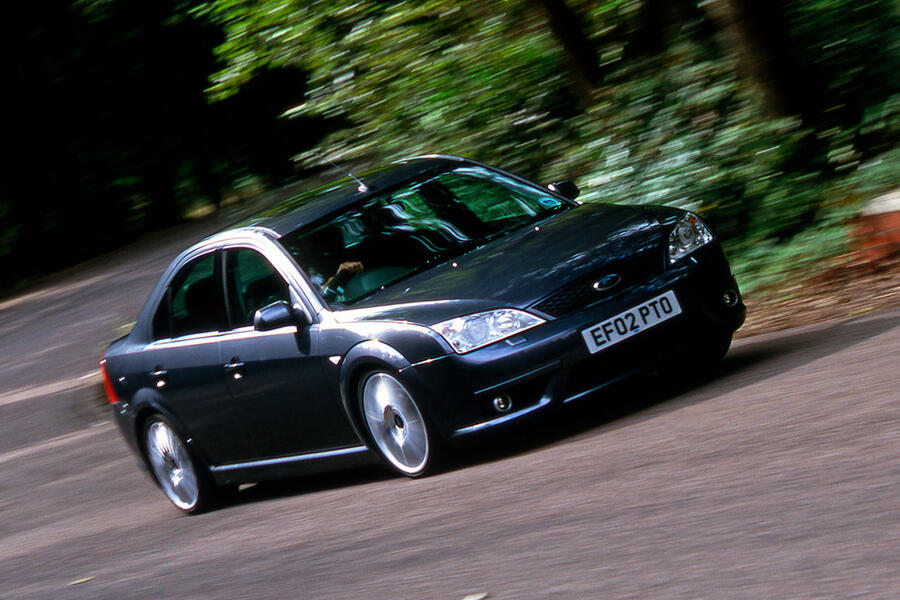
Given their rarity, tidy examples of the Ford Mondeo ST220 can sell at the top end of our budget. But as a less expensive way of embarrassing Rupert in a BMW 3 Series that costs twice as much, only Ford can deliver a performance saloon that does it with such verve.
It has an intriguing combination of being rare, together with a measure of practicality and performance that make you wonder why we buy anything else.
To its 224bhp 3.0-litre V6, it adds a cool bodykit, 18in alloy wheels and Recaro heated leather seats, and it has the boot space to match any of its rivals.
Early versions were handicapped by a modest five-speed manual gearbox, but a Getrag six-speeder became standard in 2003.
As befits its blue-collar persona, mileages are generally high and gearboxes and suspension linkages have usually taken a hammering - but that doesn't mean you can't spot a diamond.
Mazda RX-8 (2003-2010)
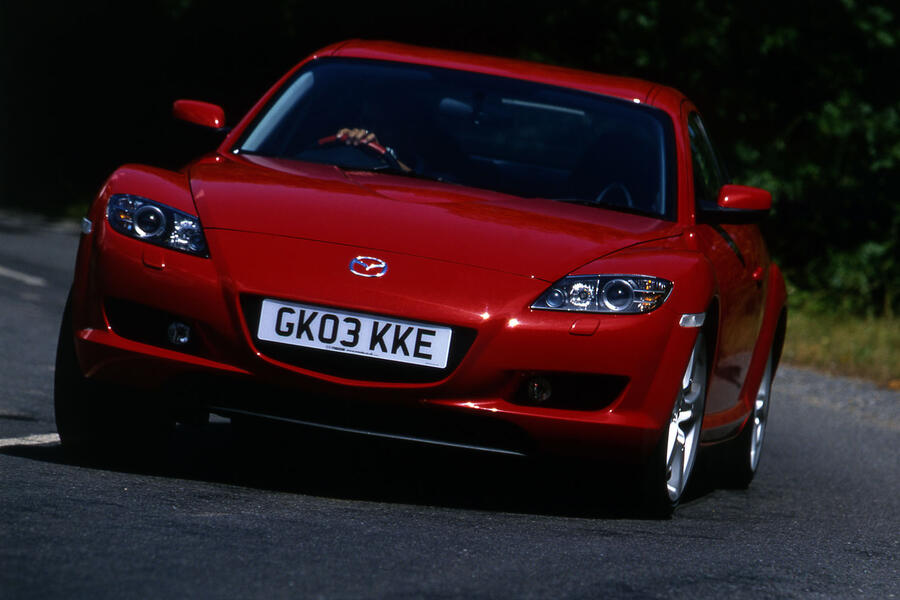
This car takes accepted notions of purpose and laughs in their faces. It’s a 1.3-litre rotary-engined, rear-driven, four-door coupé with performance capable enough to match a Golf GTI and styling busier than Times Square.
From its naturally aspirated Wankel you can get 228bhp and 159 lb ft, and while that's probably less than you'd expect, it makes up for it. With a redline of 8250rpm, the rate at which this engine spins could match any contemporary Ferrari.
That soaring redline was one of several reasons why this was nearly as fun as the Mazda MX-5 roadster – and of course it helped that it was one of the most intuitive steers of its day.
Unlike with the MX-5, though, Mazda didn’t skimp on equipment in the fight to make it light. The RX-8 weighs only 1350kg, yet you still get heated electric seats, sat-nav, air conditioning.
What about faults, though? The main reason the rotary never caught on was because issues it can develop are complicated and awkward to put right - often the case if it hasn't been taken care of. Oh, and it goes through oil like a high street chip shop.
BMW 330i Convertible (2007-2013)
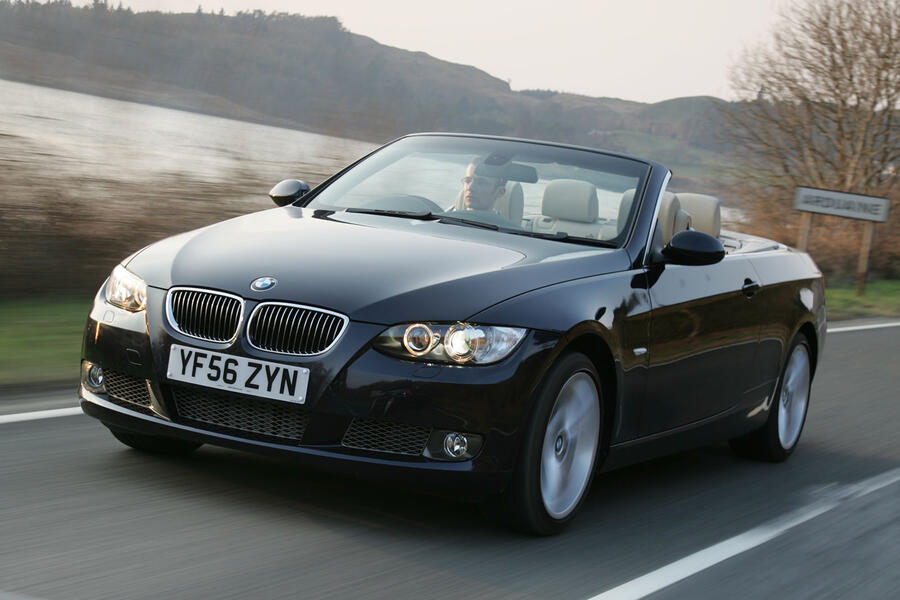
The fact that this is a BMW 3 Series with a straight-six petrol engine should be enough to convince you, but you will probably want to know more about why it's here.
If the 325i didn’t exist, the 330i would be the archetypal 3 Series. It draws its reserves from a 268bhp 3.0-litre engine, with power sent to the rear wheels via a six-speed manual or automatic gearbox.
BMW is to straight sixes what Heinz is to tomato-flavoured food, and this powertrain is widely recognised for producing one of the industry’s most resonant soundtracks, so it’s no surprise that we’re recommending the drop-top.
It’s also just a very well-proportioned car. From its prominent (but not overbearing) beltlines to the soft yet angular roll of its bonnet droop, the attention paid to its styling details remains exemplary to this day.
If you’re interested, remember that they need proper maintenance. Abused examples commonly suffer from oil or coolant leaks, as well as wind noise from the roof mechanism while it's closed.
Renault Clio RS 197 (2007-2009)
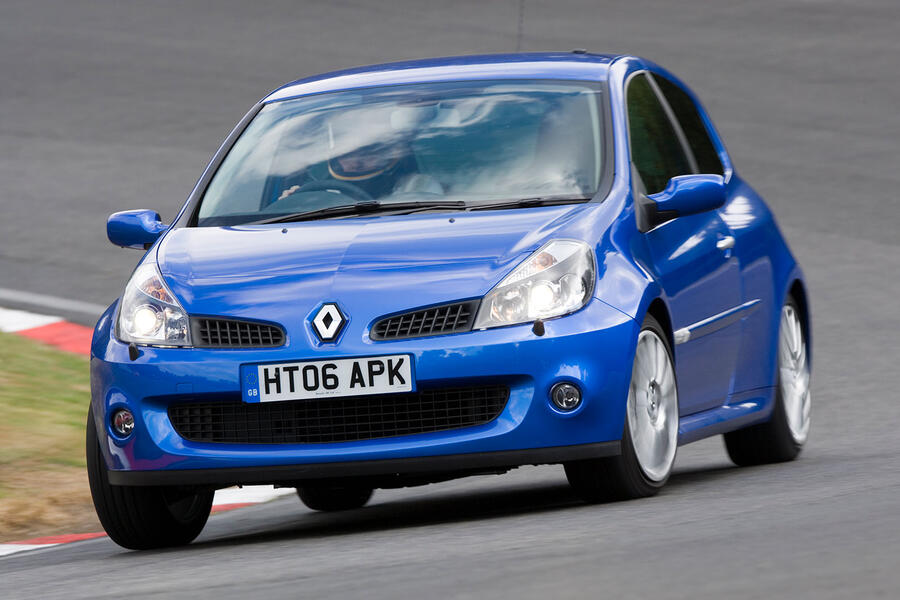
Journalists rave about Renaultsport cars because the division always prioritised the same thing: back-to-basics fun.
The Clio 197 is no different. To the untrained eye, it looks like a standard Clio, and its interior is an unremitting sea of grey plastic, but the way it handles itself on a B-road makes it one of the world's best cars for driving enthusiasts.
But you need to look after it if it's to look after you. Some owners have reported issues with the gearbox when cold, while some have weak air conditioning systems that need to be regassed and failing fuel pumps.
Failings aside, £7000 grabs you a tidy example, and it will be unlikely to depreciate.
Audi A4 1.8 (1994-2001)
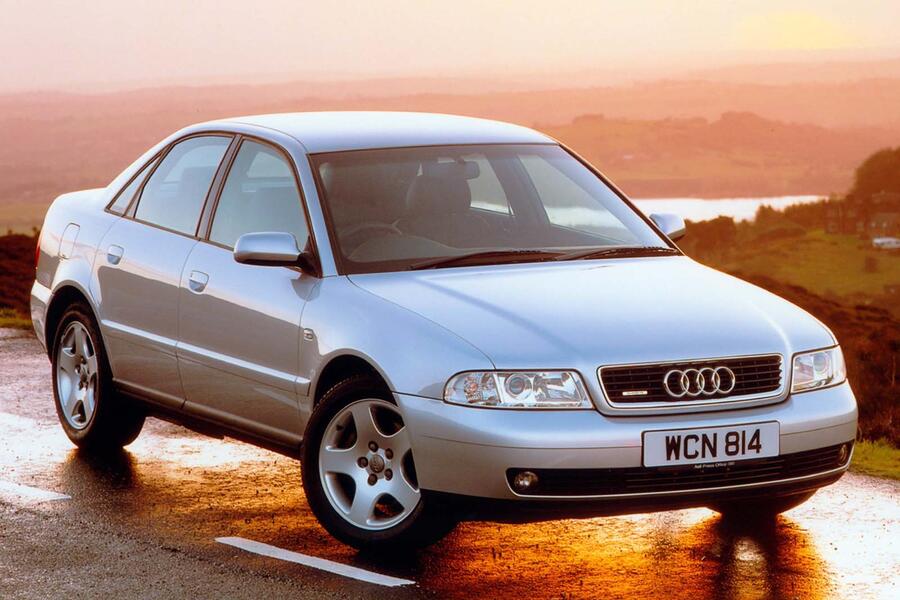
‘Bargain basement but make it classy’ pretty much summarises the B5-generation Audi A4.
It's not fast, nor does it have many toys, and it looks as outlandish as mayonnaise. But there's a reason why the A4 has long been the workhorse of the Audi range: it's built with a comforting solidity, drives exactly how you want it to and is as reliable as rain in Scotland.
While its competencies have been judged to perfection, you won't be buying it as a performance machine. But if you get one with the 1.8-litre turbo petrol engine, it doesn't leave you wondering why you didn't plump for a bigger engine. And if that motor was good enough to find itself in the TT, it's good enough for this saloon.
Reliability is as you would expect for a car that's now well over 20 years old, so make sure that your purchase has as many service stamps as possible.
Otherwise, you’re likely to meet issues with the coil pack, timing belt or just an interior so filthy that you will have to ask your passengers if their tetanus booster is up to date.
Mercedes-Benz SL 350 (2001-2011)
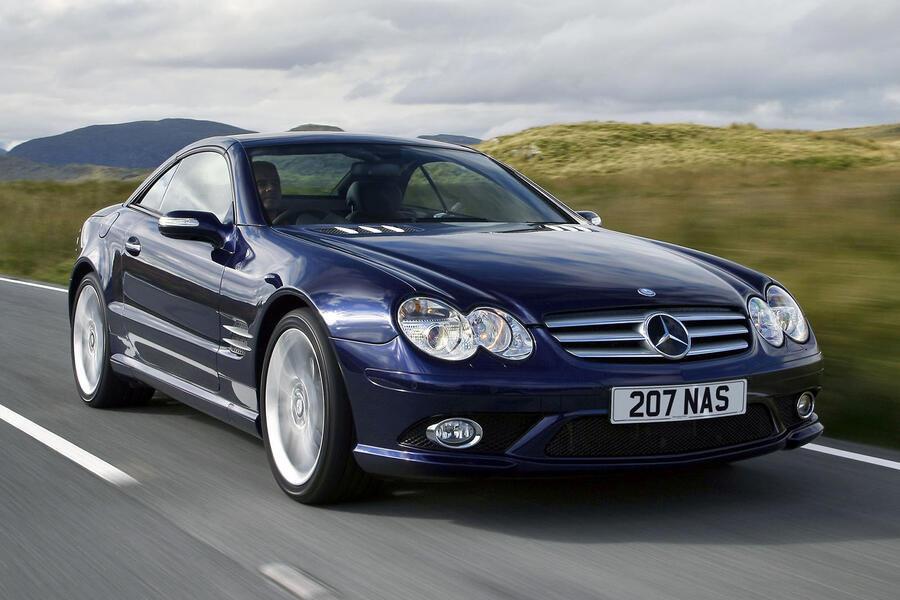
You might think a car like this deserves a V8, but the V6 in the Mercedes SL 350 is an unsung hero. If the V8 spins a web of restrained, rumbling efficiency, the V6 effortlessly acquires mass appeal.
Scouring countless owners' forums and pages online, you will notice that the vast majority love the V6 because it's not only more reliable and more fuel efficient than the V8 but also just as fast in everyday running.
With a 0-62mph time of 7.5sec, it is slower than the V8, but the bigger engine gets from 40-60mph only 0.1sec faster than the V6, and both have a top speed limited to 155mph. In terms of usable performance, then, there's not much in it at all.
The V6 also came as standard with coil springs that are much cheaper to repair than the air springs that came on many V8s (these cost around £1000 per corner).
So if you enjoy lower repair costs and better fuel consumption, the 350 is the SL for you. Not to mention that whichever car you go for, you will be buying into one of the most recognised names in the business.
Fiat Punto (2005-2018)
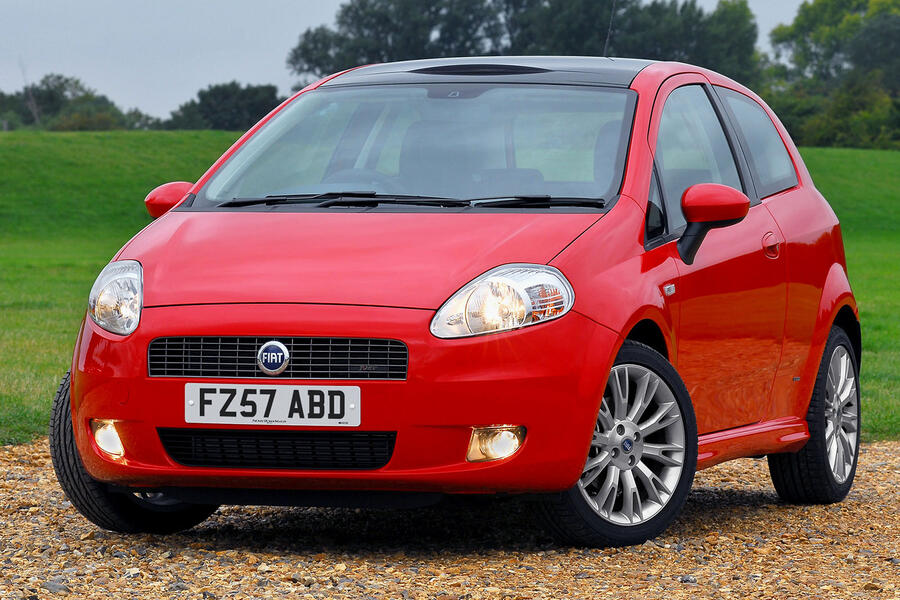
Stay with us, because there's more to this urban shop-about than meets the eye.
Yes, it’s dull, but if you judge this list based on price relative to age, the little Fiat is the best car here. Examples with fewer than 10,000 miles and a number plate that reads '17' can be had for less than £5000.
Racier trim levels can also liven it up enough that it crosses into enthusiast territory. You will notice a deep front bumper, sporty 17in alloy wheels, a pea-shooter exhaust tip and the same rev-happy 1.4-litre engine used in the Panda 100HP.
Better still, its relatively young age means it complies with Euro 6 emissions standards (making it ULEZ-compliant), and it hasn't had time to develop catastrophic faults.
Peugeot RCZ 1.6 THP GT (2010-2015)
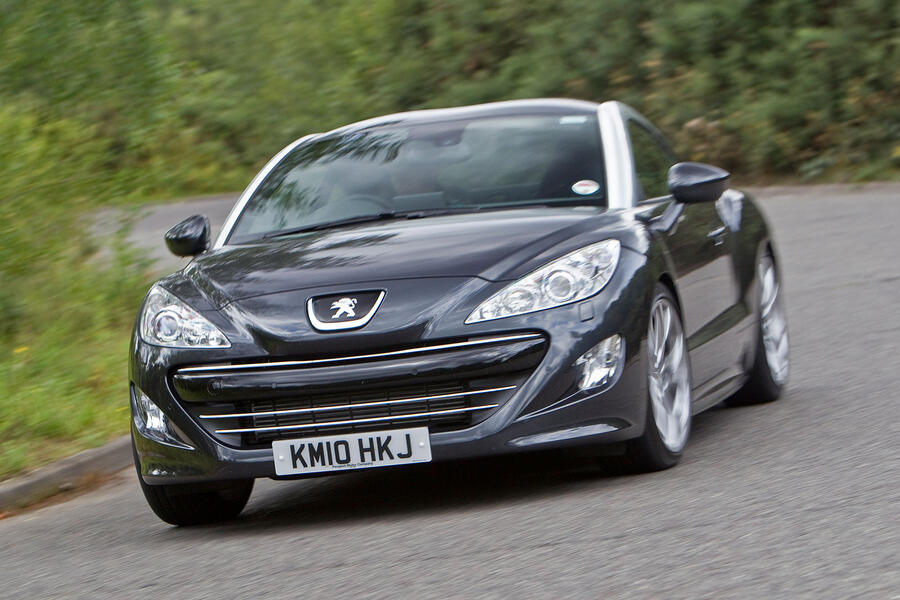
Ignoring the 267bhp R version, the 1.6-litre engine used in Peugeot's flagship coupé was available in two states of tune: 156bhp and 197bhp.
You could buy the 2.0-litre diesel, but we would strongly advise you not to: it’s slower to 62mph than a pigeon and even the higher-powered petrol will still (theoretically) get 500 miles to a tank.
The 197bhp model has a 0-62mph time of 7.4sec and a top speed of 146mph, and prices are mostly in the region of £5000-£8000. For that, you get a ULEZ-compliant coupé that looks like it was styled with a very sharp pencil.
It's the same story inside, with brushed metal finishes, red stitching, body-hugging sports seats, clear analogue dials, dual-zone air conditioning and one of the only clocks in the automotive world that still looks modern.
Problems? As ever, shop carefully and you will find a diamond. But badly treated RCZs can develop rattly exhausts, squeaky brakes, suspension knock and a temperamental infotainment system.
Our advice, then, would be to avoid one that looks as though it has been run on a tight budget.
Jaguar XJ 3.0 (2002-2009)
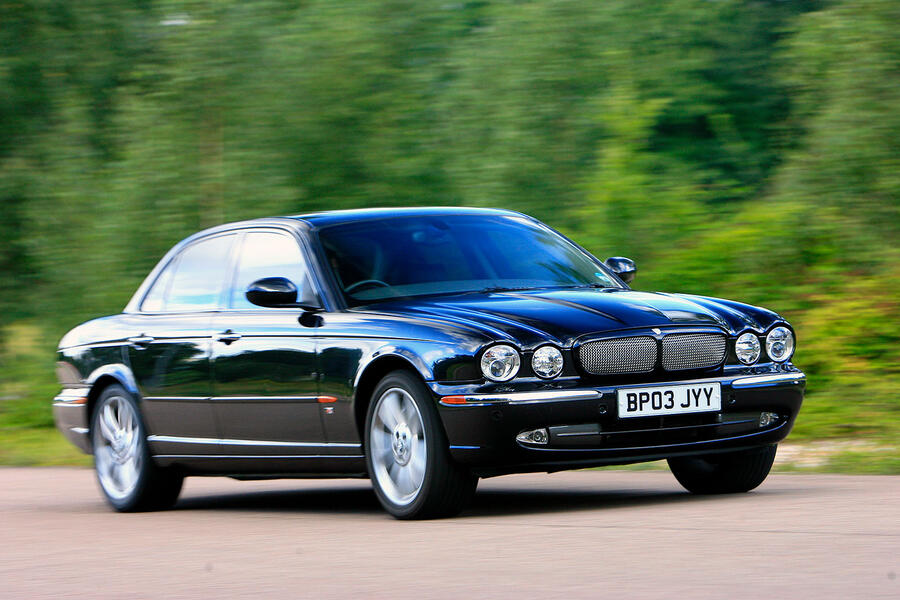
Just as the XF saved Jaguar from financial ruin, the X350-generation XJ of 2003 saved it from fierce German competition.
Audi stunned the world with the all-aluminium A8 and BMW was on the verge of launching one of the most technologically advanced saloons the industry had ever seen. But Jaguar threw a leather-lined punch: not only was the new XJ made entirely of aluminium, but it was also blessed with an effortlessly involving drivetrain to rival the E65-generation BMW 7 Series.
Its design was and still is a huge success, not to mention far less controversial than the 7 Series. Even managing to look good in its most basic trim, it wouldn't look out of place in front of the Marriott Hotel on Park Lane.
Its 3.0-litre V6 petrol engine produced 237bhp, dispatched 62mph in 7.8sec and, thanks to a kerb weight 200kg lighter than that of the previous XJ, had the ability to return nearly 30mpg.
While the X350's alloy construction means it won't rust, other problems can arise, such as worn-out suspension bushes, water ingress from failing seals and temperamental ignition coils.

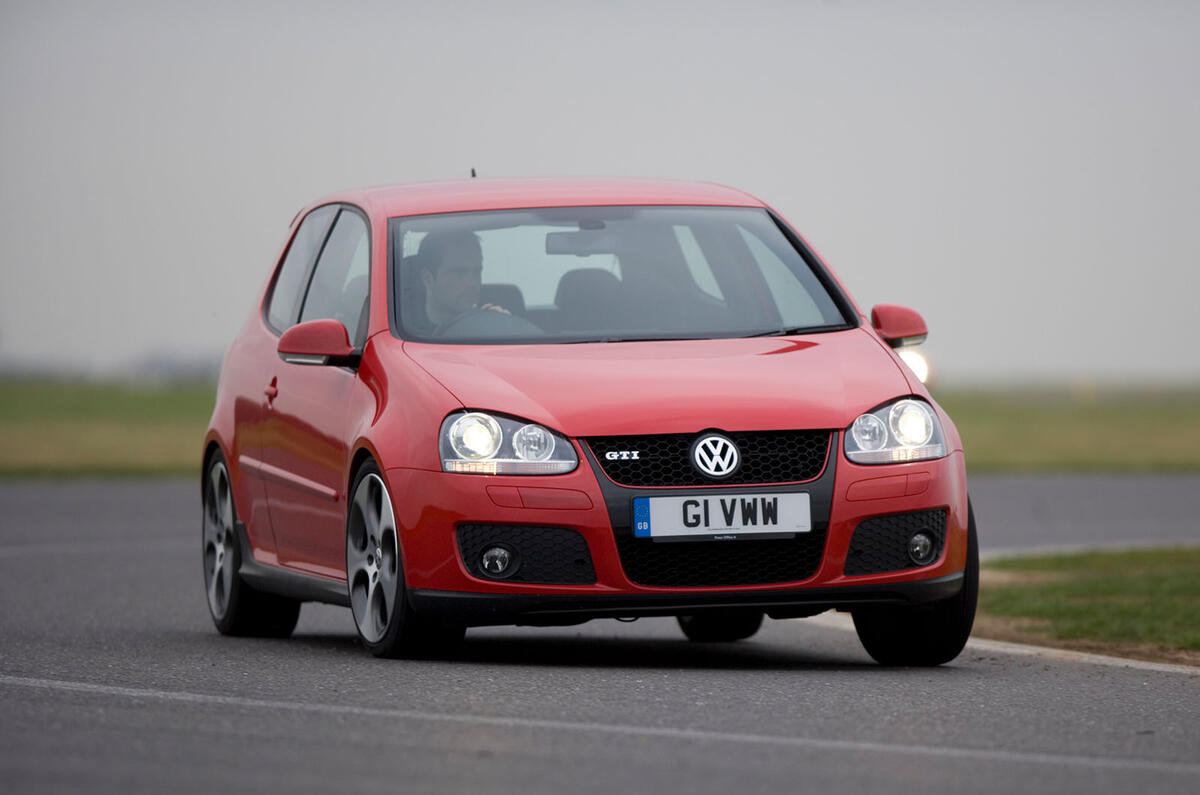
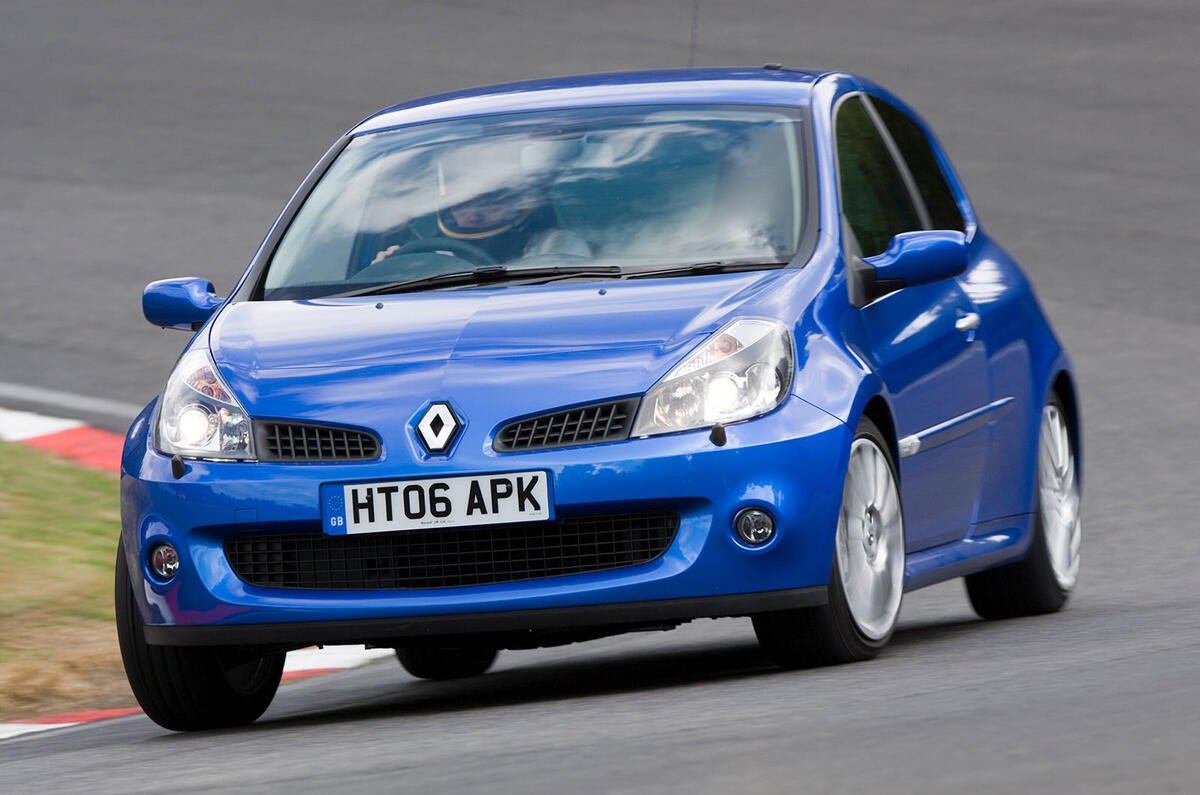
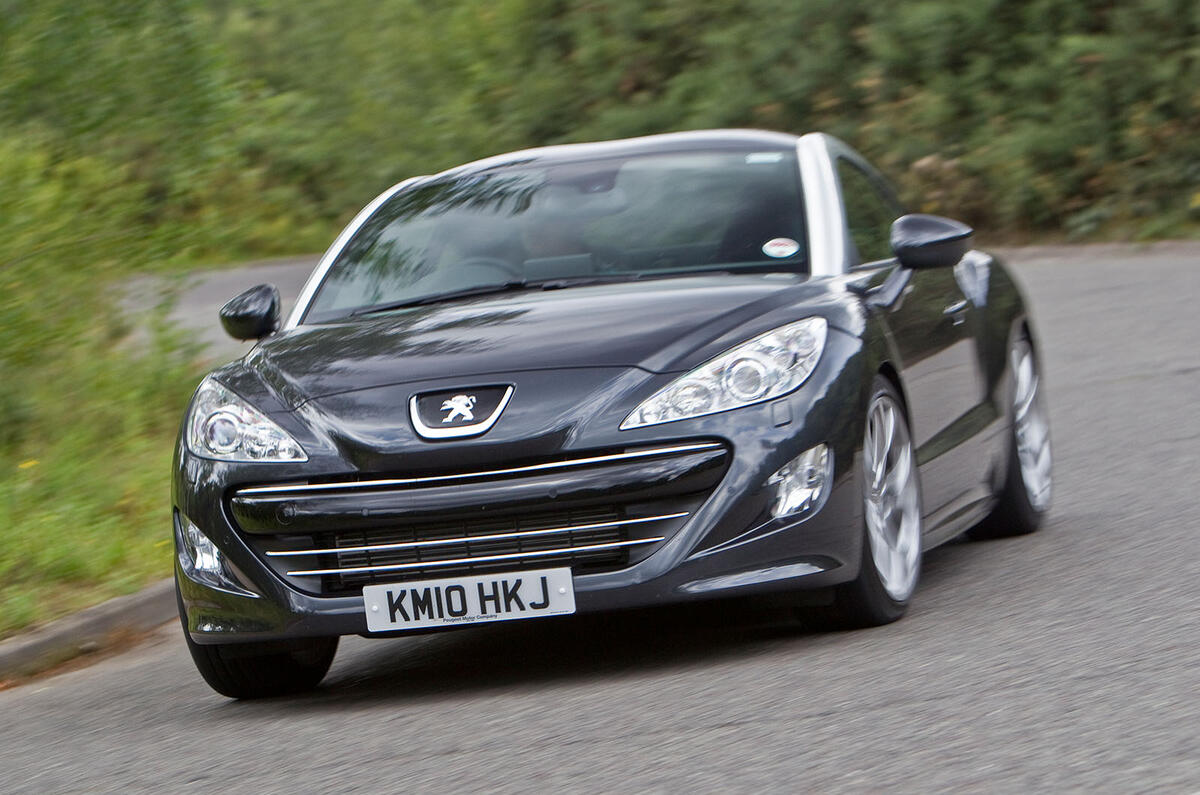

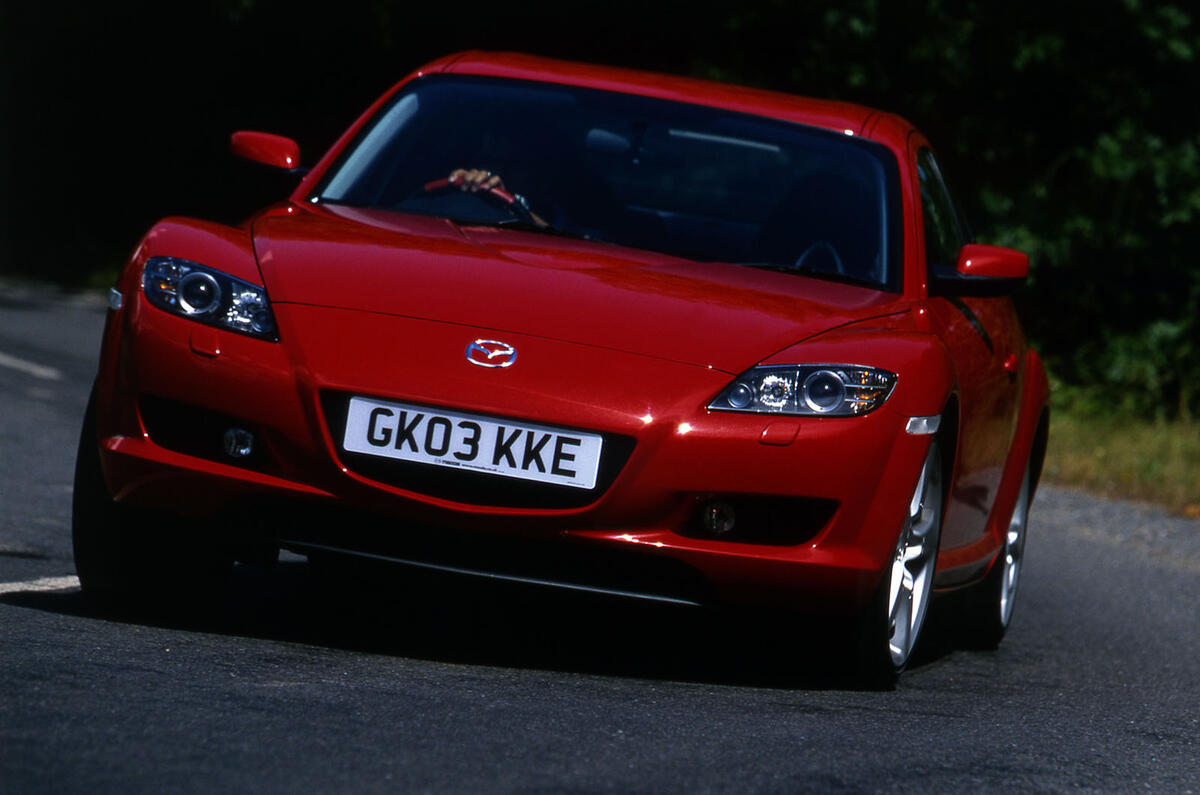




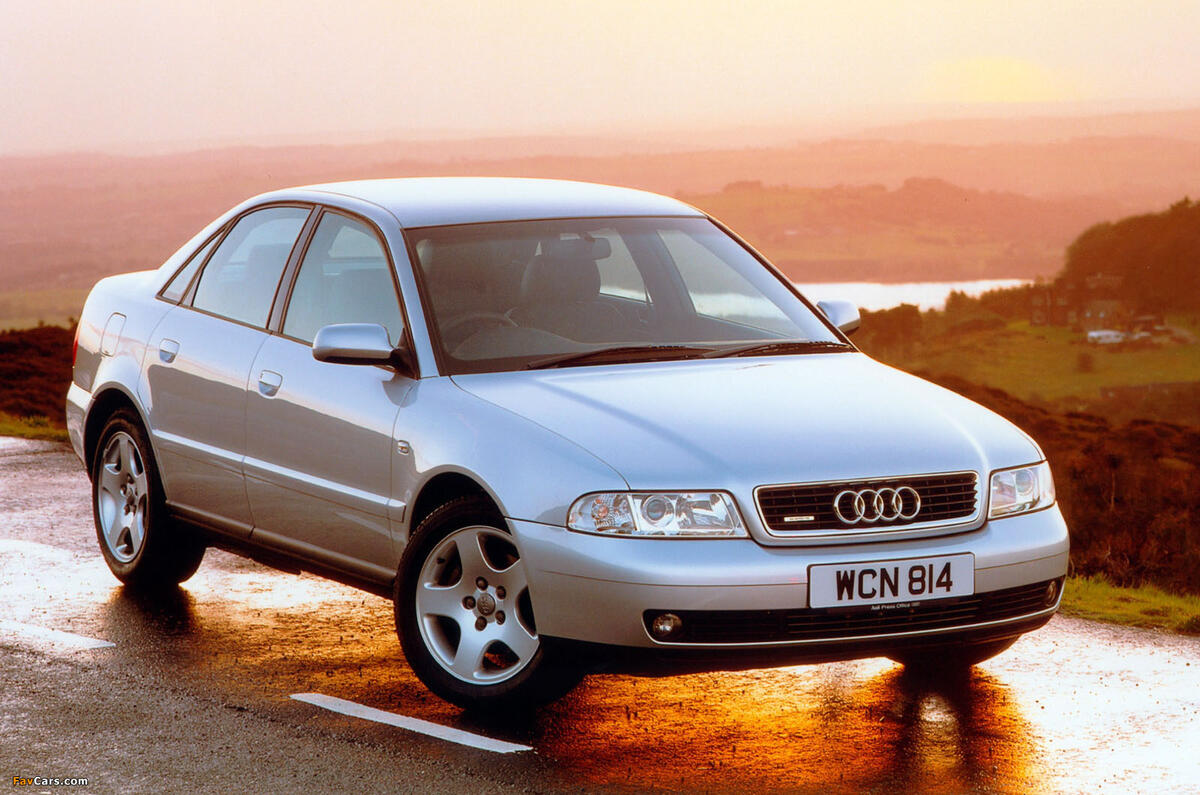
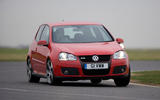
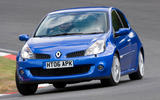
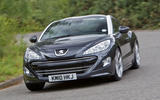
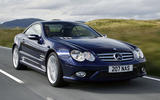
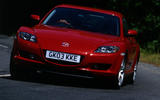
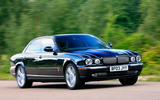
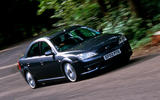
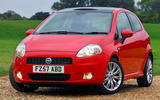
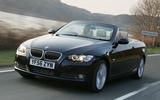
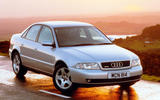






Add your comment